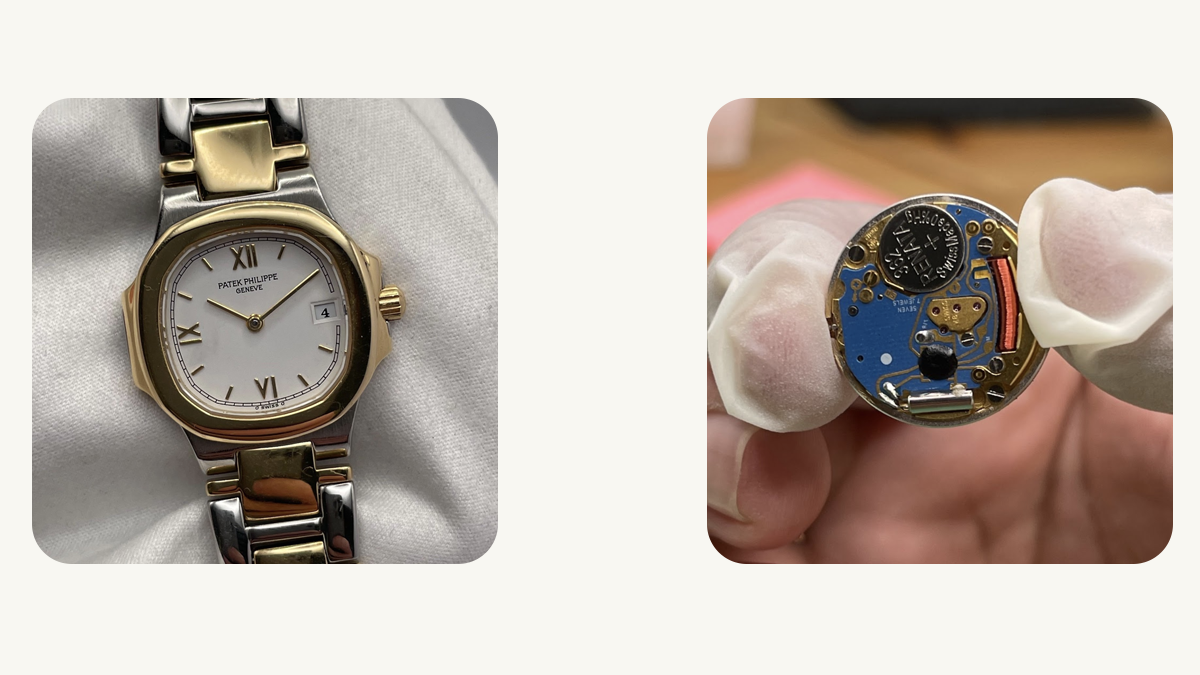So, again, there are a few things that can’t be expounded upon, but a lot of it is the quality of the paper, the feel of the printing. There are a few hidden symbols or signifiers within the papers that allow someone to say, “This is seen on a genuine Rolex paper and we know that the inauthentic papers don’t have this done to the same level that the authentic ones have.”
It’s like a $100 bill, if you hold it up to the light?
It’s not like that. Just details that are not able to be matched. Watches are oftentimes like a puzzle where if it’s a full-set Rolex, and we have product literature coming from South America, but the warranty card is from Asia or Hong Kong originally, that requires further investigation. From there, you can then decipher what was done or why it was done.
What’s so fascinating about this, and what might surprise people, is just how much of it is art more than science. You couldn’t just pull Average Joe off the street and say, “Hey, this is a checklist of 60 things to look for and if it looks good, we’ll authenticate the watch.” It’s crazy you have to know the quality of the paper. It’s such a unique skill.
Totally. And it’s so interesting because there’s just this institutional knowledge that comes with working in watches that—I’m sure it’s replicated in other industries—but it is one of those things where it is really passed down in person. And in today’s world, that’s kind of funny.
I did a similar-ish story with this secondary shoe retailer Stadium Goods, and the authenticator said the first thing he does is smell every shoe. He just knows what Nike glue smells like versus the fake stuff.
We do smell papers. Because oftentimes, a Rolex from the ’90s, the box is stored in a humid place. There’s probably a mildewy type of smell. But papers that were produced yesterday are not going to have that smell.
Wow, it always comes back to the smell. So, can you just walk me through the full authentication process? Let’s say I’m submitting my watch today on Bezel, I’ve uploaded the photos, et cetera. What happens now on your end?
So once you press Submit, it goes into a queue of listings that are pending our review. And so on our back end, we have that entire list. The team of people who do the digital authentication look at the watch, and make sure that the reference matches the watch that is pictured, they make sure that the watch pictured is actually available. We have a verification photo that’s included with each listing upload, so that you have to set the exact time. We are checking that the papers in the box and any other accessories that are shown are also listed and vice versa.
We’re making sure that the dials are not refinished. We actually don’t host refinished dials currently, just because I think that is kind of a step up in education for our users—maybe someday. But something like lume on hands that have been replaced, or dials that have been re-lumed, we’re checking for that. Of course, we’re looking for patina on dials, aging to dials, noting anything like that. A lot of times there’ll be scratched crystals. There’s no no ability in the digital authentication to look at the movement, of course, or the functionality of the watch. So that falls to the in-person authentication.

